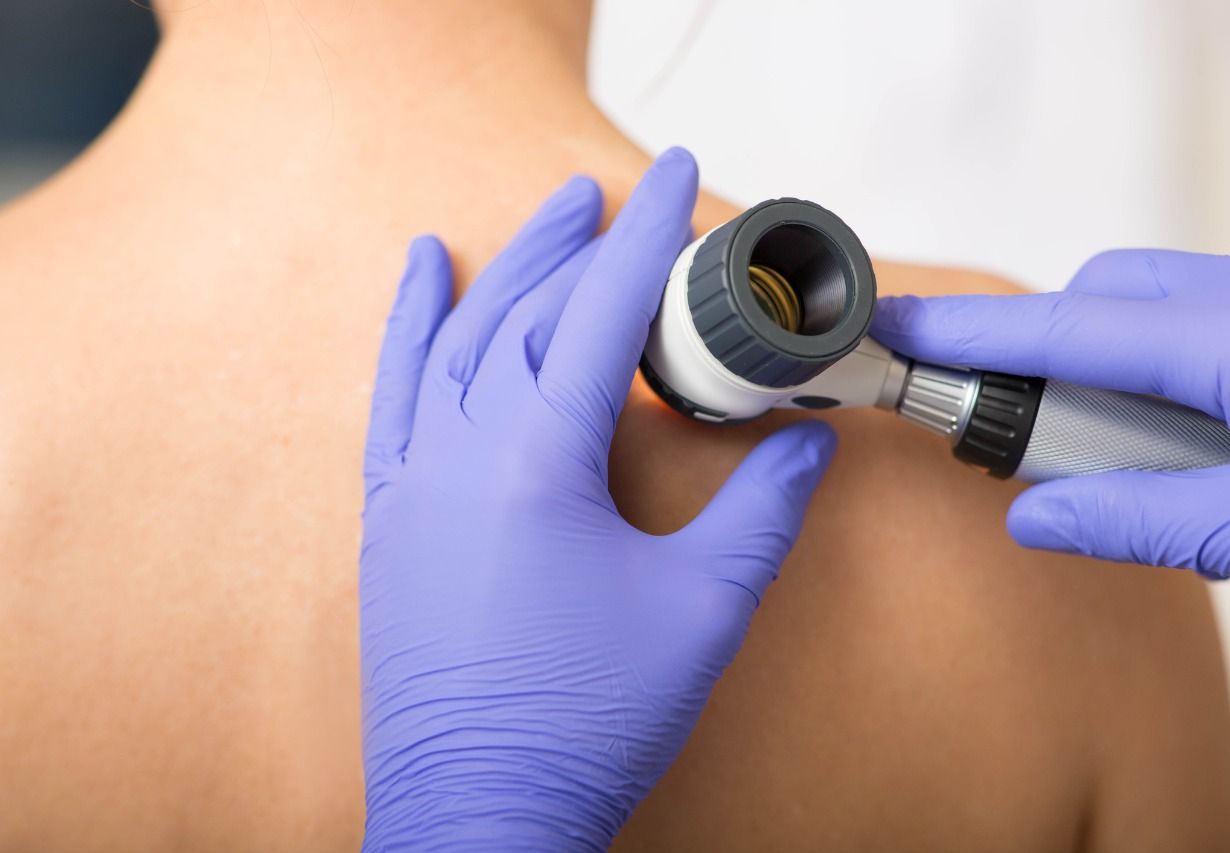Bowen's Disease
Bowen's disease is a precancerous skin disorder that causes skin plaques or patches that might be precancerous in some people. This condition occurs when abnormal cells grow in the skin's outer layer in the affected area. Because this condition can develop into skin cancer, treatment and a close follow up are usually advised. Dermatologists in Gainesville with Gainesville Dermatologist & Skin Surgery offer treatments for various skin conditions, including Bowen's disease. Contact our Gainesville dermatologists today to schedule a dermatology appointment and to learn more about our available treatments.
What Is Bowen's Disease?
Bowen's disease is a rare skin disorder in which slow-growing, reddish, scaly patches or plaques develop on the skin. These lesions develop due to skin cell changes affecting the epidermis or the outermost skin layers. These patches are considered the earliest form of squamous cell skin cancer. Bowen's disease closely resembles actinic keratosis (AK), another precancerous skin condition characterized by rough, scaly, red lesions on the skin.
The main difference between AK and Bowen's disease is Bowen's disease patches tend to be larger than AK lesions. Sometimes referred to as squamous cell carcinoma in situ, Bowen's disease, if not treated, can occasionally develop into squamous cell carcinoma (SCC), a common curable form of skin cancer that affects the outer layer of the skin but can spread to deeper layers. Sun exposed areas of the skin are most affected.
Symptoms Of Bowen's Disease
Bowen's disease causes an individual to develop slow-growing skin lesions, among other Bowen's disease symptoms. These skin lesions may appear as red or brown patches or dry, scaly plaques. The patches may bleed, ooze pus, itch, or feel tender to the touch. Due to the plaque's appearance, Bowen's disease can resemble other skin conditions, including eczema, fungus, psoriasis, and other skin rashes. While many people with Bowen's disease develop a patch, some people have more than one skin lesion at one time. The patch may be red, brown or pink, scaly or crusty, flat or raised, be up to multiple centimeters across, and occasionally itchy or uncomfortable.
The patch can appear anywhere on the skin, especially in areas exposed to the sun, such as the lower legs, neck, and head. Occasionally, these lesions can appear in the groin area and on the penis. If the lesion bleeds, turns into an ulcer or open sore, or if it develops a lump, it may indicate the presence of squamous cell skin cancer. If you suspect you have Bowen's disease, contact your dermatologist promptly for a check-up.
Is Bowen's Disease Serious?
In many situations, Bowen's disease itself is not serious. It tends to develop slowly, over months or even years, and there are several effective treatments for it. However, the primary concern is that this condition can eventually develop into squamous cell carcinoma if left neglected, untreated, or undiagnosed.
In many cases, squamous cell skin cancer can be treated, though it can spread deeper into the body and pose a serious hazard to health. For this reason, a person with Bowen's disease should be aware of the signs that a skin lesion might be cancerous. These signs may include, but are not limited to, hardening of a skin lesion, a nodule that's tender, a flesh-colored lump or nodule, and a skin nodule that is easy to bleed.
If you notice these or any other changes to your skin, you should see a dermatologist right away. For more information about the severity of Bowen's disease, contact our office.
Bowen's Disease Causes
The exact cause of Bowen's disease is unknown, however, several different risk factors may increase your likelihood of developing this condition, including the following.
- Aging
- Chronic Arsenic Exposure
- Significant Sun Exposure
- Long-Term Sun Exposure
- The Use Of Tanning Beds
- Previous Radiotherapy Treatment
- Immunosuppression
- Infection With HPV
- Previous Injuries To The Skin
- Inflammatory

